Sports Photography Why Monopod ?
A monopod is often used in sports photography because it provides stability and support for the camera while allowing for quick and easy movement. Sports photographers need to be able to move quickly and capture action shots from various angles, and a monopod allows them to do so while still maintaining some level of stability. Additionally, using a monopod can help reduce camera shake and blur in photos, resulting in sharper images. Overall, a monopod is a useful tool for sports photographers who need to be mobile and capture fast-paced action.
1、 Stability
Sports photography why monopod? The answer is stability. When capturing fast-paced action shots, it's essential to have a stable base to prevent camera shake and blurry images. A monopod provides a sturdy support system for your camera, allowing you to capture sharp and clear images.
In addition to stability, a monopod also offers flexibility and mobility. Unlike a tripod, which requires a flat surface to stand on, a monopod can be used on uneven terrain or in tight spaces. It also allows you to quickly adjust your camera's position and angle, making it easier to capture different perspectives and angles.
Another advantage of using a monopod for sports photography is that it helps reduce fatigue. Holding a heavy camera for an extended period can be tiring, but a monopod provides a comfortable and ergonomic grip, allowing you to shoot for longer periods without experiencing discomfort.
Moreover, the latest monopods come with advanced features such as adjustable height, quick-release plates, and built-in ball heads, making them even more versatile and user-friendly.
In conclusion, sports photography why monopod? The answer is stability, flexibility, mobility, and reduced fatigue. It's an essential tool for any sports photographer looking to capture sharp and dynamic images.
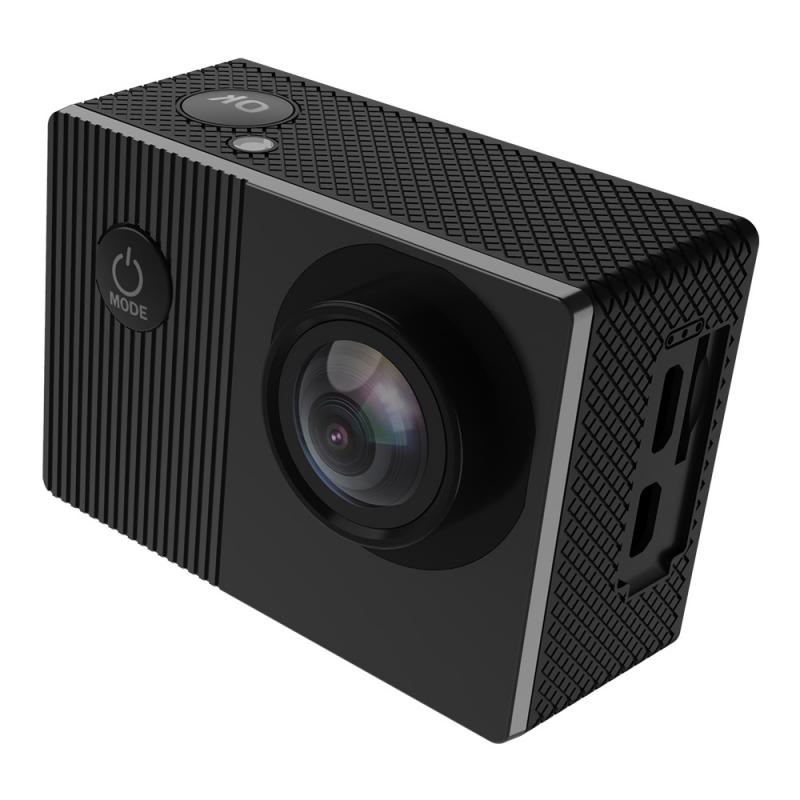
2、 Mobility
Sports photography why monopod? The answer is mobility. A monopod provides the necessary stability for capturing sharp images while allowing photographers to move quickly and easily around the field or court. Unlike a tripod, which requires a flat surface and takes time to set up, a monopod can be used on any terrain and can be quickly adjusted to different heights.
In addition to mobility, a monopod also helps reduce fatigue for photographers who may be holding heavy equipment for extended periods of time. By providing a stable base, a monopod allows photographers to focus on capturing the action without worrying about camera shake or arm fatigue.
Furthermore, the latest point of view is that monopods are becoming increasingly popular among sports photographers due to their versatility and ease of use. With advancements in technology, monopods are now lighter and more compact than ever before, making them a convenient accessory for photographers on the go.
Overall, sports photography why monopod? Because it provides the necessary stability and mobility for capturing sharp images while allowing photographers to move quickly and easily around the field or court. With the latest advancements in technology, monopods are becoming an increasingly popular accessory for sports photographers looking to capture the action with ease.

3、 Flexibility
Sports photography is a challenging genre that requires photographers to capture fast-paced action and movement. To achieve sharp and clear images, photographers often use monopods. The primary reason for using a monopod in sports photography is flexibility.
A monopod provides stability to the camera and lens, allowing photographers to capture sharp images even in low light conditions. It also helps to reduce camera shake, which is essential when shooting at slower shutter speeds. Additionally, a monopod allows photographers to move quickly and easily around the field or court, providing them with the flexibility to capture different angles and perspectives.
Moreover, using a monopod can help photographers to reduce fatigue during long shooting sessions. It provides support to the camera and lens, reducing the strain on the photographer's arms and shoulders. This is particularly important in sports photography, where photographers may need to hold their cameras for extended periods.
In recent years, there has been a shift towards using more lightweight and compact monopods, making them even more flexible and easy to use. Some monopods also come with additional features such as adjustable legs and heads, allowing photographers to customize their setup to suit their shooting needs.
In conclusion, sports photography requires flexibility, and using a monopod can provide photographers with the stability, support, and mobility they need to capture stunning images. With the latest advancements in monopod technology, photographers can now enjoy even more flexibility and versatility in their shooting.
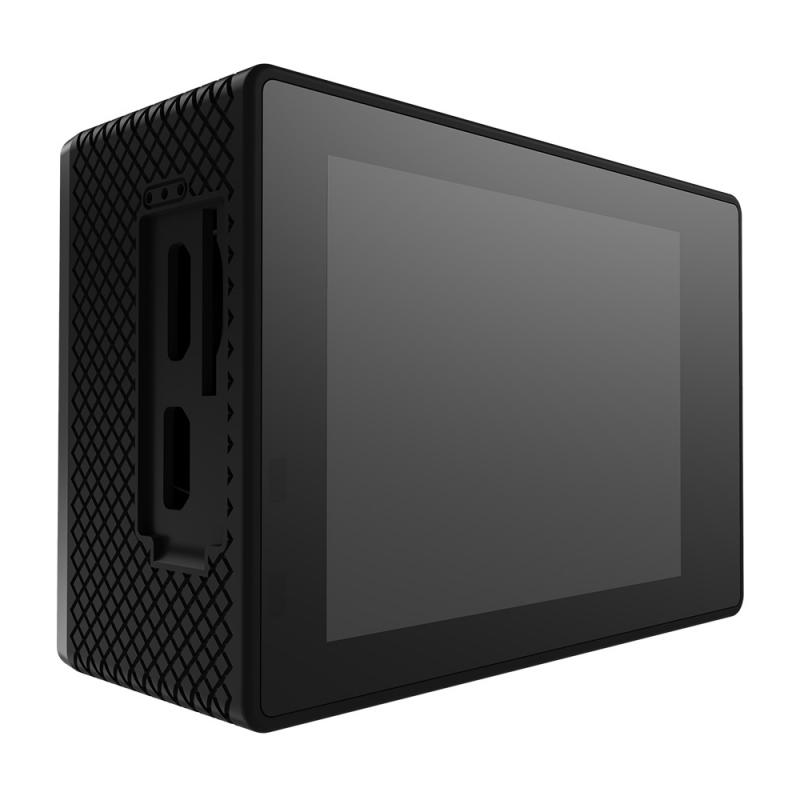
4、 Ergonomics
Sports photography why monopod? The answer lies in ergonomics. Sports photography requires capturing fast-paced action, which means photographers need to be quick and agile. Holding a heavy camera and lens for extended periods can cause fatigue and strain on the arms, shoulders, and back. This is where a monopod comes in handy.
A monopod is a single-legged support that helps stabilize the camera and lens, reducing camera shake and allowing for sharper images. It also takes the weight off the photographer's arms, allowing them to focus on capturing the action. Monopods are lightweight and portable, making them easy to carry around and set up quickly.
In addition to providing stability and reducing fatigue, monopods also offer versatility. They can be adjusted to different heights and angles, allowing photographers to capture shots from various perspectives. This is especially useful in sports photography, where photographers need to be able to quickly adjust their position to capture the action.
From a latest point of view, monopods have become even more essential in sports photography due to the increasing popularity of mirrorless cameras. Mirrorless cameras are smaller and lighter than traditional DSLRs, making them easier to carry around. However, they can still be heavy when paired with a large telephoto lens. A monopod helps to alleviate this weight and provides stability for the photographer.
In conclusion, sports photography why monopod? The answer is simple: ergonomics. Monopods provide stability, reduce fatigue, and offer versatility, making them an essential tool for sports photographers. With the increasing popularity of mirrorless cameras, monopods have become even more important in ensuring photographers can capture the action with ease.
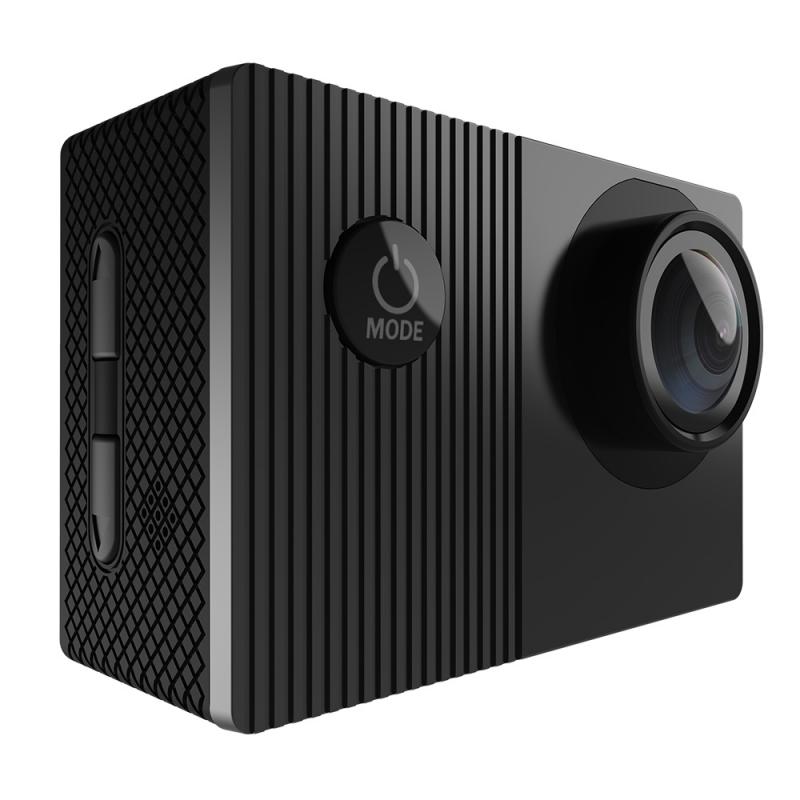

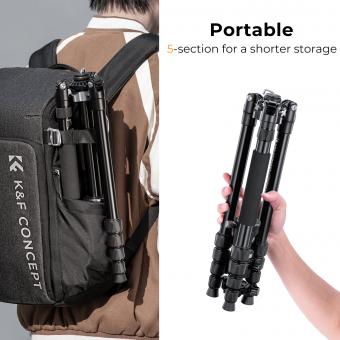
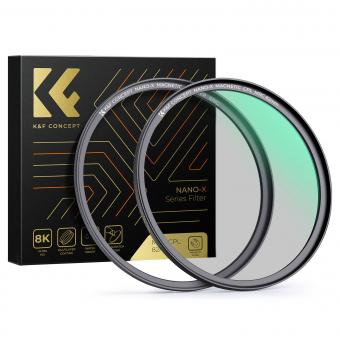
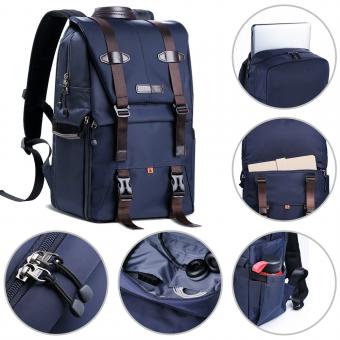



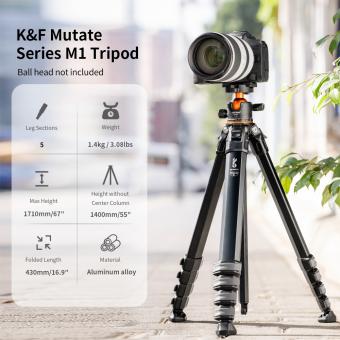




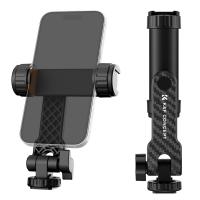
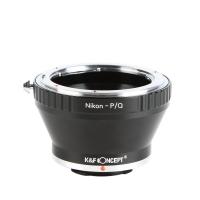

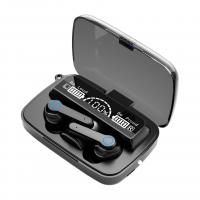


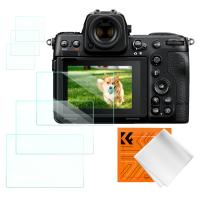
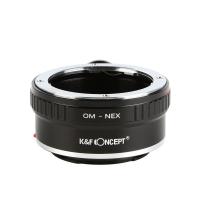
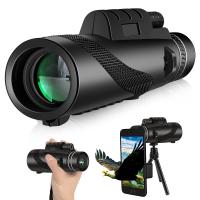
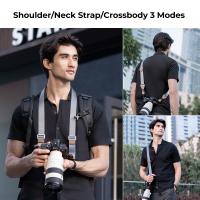

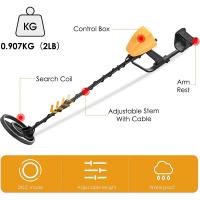

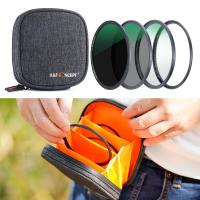

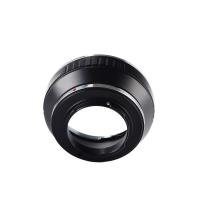


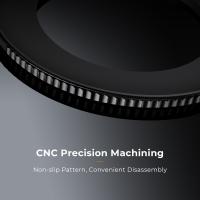
There are no comments for this blog.